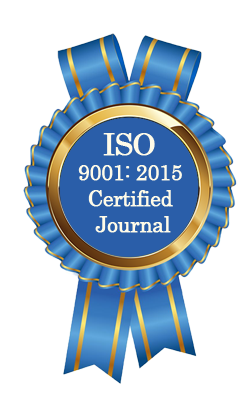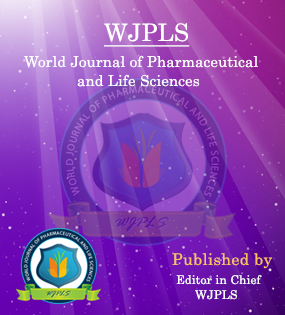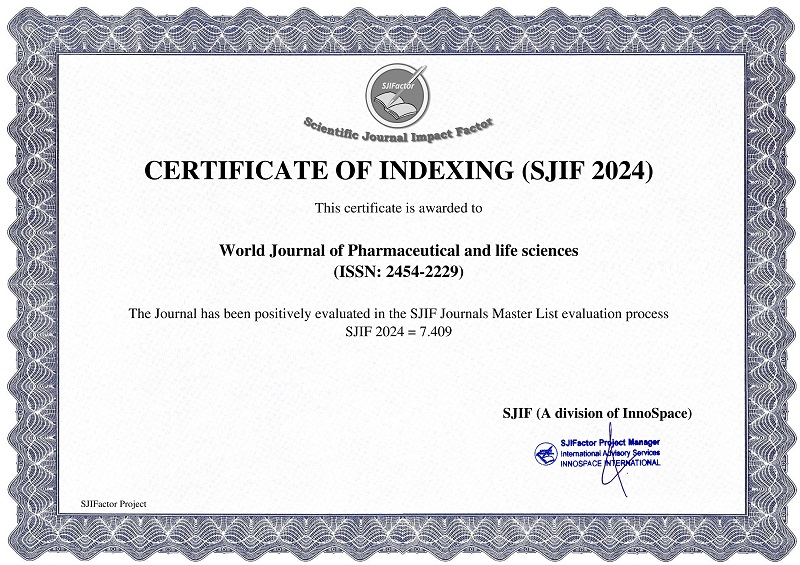Abstract
DEVELOPMENT AND VALIDATION OF ANALYTICAL METHOD FOR THE ESTIMATION OF PIMAVANSERIN IN BULK AND ITS DOSAGE FORM BY RP-HPLC
Nagaraju Pappula* and Venkata Lavanya Kantu
ABSTRACT
Background: To Develop and validate RP-HPLC method for the estimation of Pimavanserin in bulk and its pharmaceutical dosage form. The objective of the present work is to develop and validate a HPLC method with PDA detector. In the method development of Pimavanserin, we have decided to carry out our project work by incorporating the Reverse phase High performance Liquid chromatography (RP-HPLC). Then the developed method will be validated according to ICH guidelines for its various parameters. Method: In the process of HPLC method development, the optimization was done by changing the mobile phase ratio, column and flowrate. Method development focuses on identifying buffer type, strength and PH of organic solvent. Implementing small changes to optimize selectivity and enchanced resolution. Different trails were performed and finally the optimized method was found to be suitable. The mobile composition of ACN: water: Potassium Di hydrogen orthophosphate (0.02M) = 40:10:50 v/v, buffer pH was adjusted to 6.0 with orthophosphoric acid, agilent column of C18 (250 X 4.6 X 5?m) and flow rate 1.2 ml/min. The efficient and reproducible method was developed for determination of pimavanserin and chromatogram is obtained with good resolution. Results: Initial assay parameters were based on physical-chemical properties of Pimavanserin. Due to the octanol-water partition coefficient (Log P) -2.8 of the parent compound, a C18 column was selected for development. A UV scan of Pimavanserin showed a maximal absorbance at 290 nm. The process of method development was conducted and optimized on a agilent column of C18 (250 X 4.6 X 5?m), operated at ambient temperature. This column provides efficient and reproducible separations of non-polar compounds while minimizing solvent usage. Isocratic mobile phase was optimized to resolve Pimavanserin, on the C18 column, with ACN: water: Potassium Di hydrogen orthophosphate (0.02M) = 40:10:50 v/v, buffer pH was adjusted to 6.0 with Ortho phosphoric acid. This proportion of mobile phase was found to provide a reproducible and well resolved peak with an average peak tailing factor of 1.59. Based on the pressure limitations of the column and the HPLC system, flow rates were maximized to decrease assay time without adversely affecting the system or the column. Typical pressure throughout the method ranges from 3550 to 3750 psi. The length of time in each portion of the assay was varied to accommodate a 5-min run time. Conclusion: The study was focused to develop and validate HPLC method for estimation of Pimavanserin in tablet dosage form. For routine analytical purpose it is desirable to establish methods capable of analyzing huge number of samples in a short time period with good robustness, accuracy and precision without any prior separation steps. HPLC method generates large amount of quality data, which serve as highly powerful and convenient analytical tool. The method shows good reproducibility and good recovery. From the specificity studies, it was found that the developed methods were specific for Pimavanserin.
[Full Text Article] [Download Certificate]WJPLS CITATION 
| All | Since 2020 | |
| Citation | 590 | 424 |
| h-index | 12 | 10 |
| i10-index | 17 | 14 |
INDEXING
NEWS & UPDATION
BEST ARTICLE AWARDS
World Journal of Pharmaceutical and life sciences is giving Best Article Award in every Issue for Best Article and Issue Certificate of Appreciation to the Authors to promote research activity of scholar.
Best Article of current issue
Download Article : Click here





